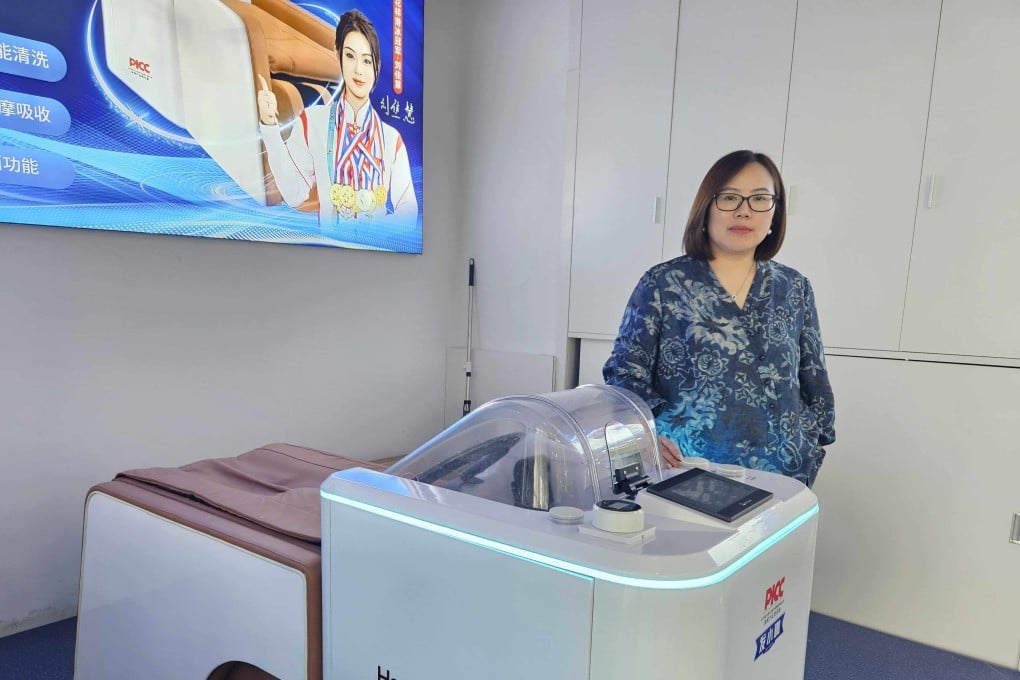Florent Bouguin , Chief Technology Officer at Optel Group. The European Deforestation Regulation (EUDR ) has rapidly transitioned from upcoming legislation to a critical priority that is reshaping supply chains across multiple industries. The EUDR mandates comprehensive due diligence reporting from companies importing products into Europe.
Businesses must meticulously track the geographical origins of their products, ensure suppliers’ compliance with local laws and demonstrate clear and verifiable deforestation-free sourcing. Failing to comply can lead to stiff fines ( up to 4% of a company’s turnover ) and disrupt market access. Supply chain visibility is a deeply personal topic for me, as I believe that supply chains are at the heart of humanity’s greatest challenges—climate change, biodiversity loss and social injustice.

But I also believe they are the key to solving them. By transforming supply chains through transparency, traceability and circularity, we can align global commerce with planetary boundaries. That’s why I’ve dedicated my last 10 years to helping businesses see supply chains not just as cost centers or a means to achieve regulatory compliance, but as levers for sustainable impact.
That is why I believe in working with forward-thinking organizations that understand that adhering to the EUDR is just the beginning of a much larger journey. The true power lies beyond regulatory compliance, where they can tap into newfound supply chain visibility for sustained growth opportunities, such as optimizing sourcing strategies, strengthening brand trust, entering new markets and developing innovative, more sustainable products. However, the complexity of the EUDR regulation lies primarily in its real-time data requirements of a product’s journey throughout a supply chain, particularly upstream for manufacturers.
Businesses now must dynamically track product movement, origins and supplier governance. This depth of information makes traditional manual approaches inadequate. Digital supply chain mapping platforms are a clear solution to this, offering unprecedented clarity into supply chain operations and paving the way for broader gains.
By embracing digital platforms for comprehensive supply chain mapping, businesses are harnessing capabilities that transform risk management, strengthen supplier relations, open new markets and ultimately position themselves as agile market leaders. Here’s how leading businesses are leveraging visibility to their advantage: With clear, real-time visibility into supply sources, companies can proactively detect and mitigate risks before they happen. For example, consider the case of a coffee importer with suppliers across Indonesia and Brazil.
Real-time visibility can alert them early if droughts or political instability threaten Brazilian supplies. They can immediately pivot sourcing plans toward Indonesian suppliers, preventing supply chain disruptions. Supply chain visibility gives businesses the data to act swiftly rather than react after the fact.
Supply chain visibility is also a catalyst for deeper supplier engagement. Initially driven by regulatory demands, companies now find themselves having more detailed and meaningful interactions with suppliers than ever before. Transparency creates trust.
Conversations quickly evolve from compliance checklists to strategic discussions about logistics, capacity planning, lead times and long-term process improvements. Global trade dynamics, including sudden tariff impositions and geopolitical tensions, can severely impact profitability. Supply chain visibility enables businesses to quickly analyze their exposure to new market realities.
Digital platforms support powerful scenario simulations—companies can visualize how changing suppliers, shifting supply routes and altering product components can address these issues. Increasingly, consumers and partners demand transparency about product origins and business practices. They put their money where their values are.
Visibility into their supply chains allows businesses to out-edge the competition by clearly and credibly communicating—and proving—their sustainability credentials, ethical sourcing and environmental stewardship. It is a compelling means to eliminate greenwashing. Transparency provided by upstream and downstream visibility also positions companies favorably with investors and financial institutions.
Increasingly stringent sustainable finance standards, such as those set by the International Sustainability Standards Board (ISSB) and its Canadian counterpart (CSSB) , require businesses to disclose all climate-related and sustainability risks. With detailed supply chain visibility, companies can credibly report on their ESG initiatives, accessing sustainability-linked financing and securing better investment terms. When choosing a supply chain platform, the goal isn’t just visibility.
It's trust. Look for solutions that enable you to collect primary, verified data directly from your supply chain partners, whether it’s farm-level deforestation risk assessments, GPS coordinates or verified certifications. That’s what drives meaningful impact and credible reporting—not generalized estimates or outdated third-party data.
Prioritize platforms built on interoperability, auditability, scalability and active supplier engagement, not black-box algorithms with unclear methodologies. If a provider can’t clearly explain how its data is sourced, verified and updated, that’s a red flag. In this era of regulatory pressure and consumer scrutiny, transparency is foundational.
Meeting EUDR compliance requirements is undeniably demanding. Yet, seeing compliance purely as a regulatory burden misses the vast opportunities now available. Leading businesses must understand that comprehensive supply chain visibility can become a powerful source of actionable insights, driving smarter decisions and operational agility.
Forbes Technology Council is an invitation-only community for world-class CIOs, CTOs and technology executives. Do I qualify?.
Technology

Beyond EUDR Compliance: Supply Chain Visibility Unlocks Advantages

Leading businesses must understand that comprehensive supply chain visibility can become a powerful source of actionable insights.















